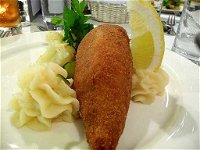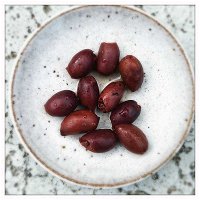
Did They Really Name It After Me? Quiz
Foods Named After European Cities
Many of the foods we enjoy are named after some place in the world. This quiz is dedicated to some popular foodstuffs whose names come from European cities.
by LadyNym.
Estimated time: 3 mins.









